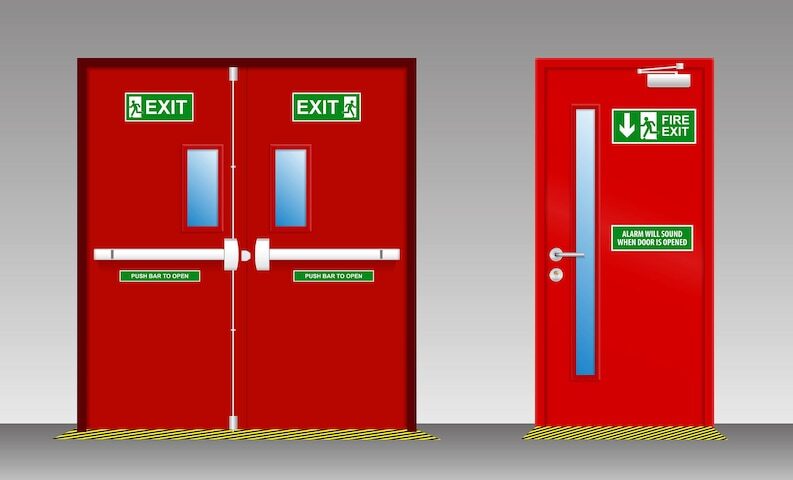Hazop (Hazard and Operability) workshops are an essential part of ensuring safety and mitigating risks in various industries. These workshops bring together experts and stakeholders to identify potential hazards and operational issues in a systematic manner. Hazop Workshop is particularly popular in sectors such as oil and gas, chemical manufacturing, and pharmaceuticals. However, even with their importance, many Hazop workshops suffer from common mistakes that can undermine their effectiveness. In this article, we will explore these mistakes and provide valuable insights on how to avoid them to ensure successful Hazop workshops.
Mistake 1: Inadequate Preparation
One of the most common mistakes made in Hazop workshops is insufficient preparation. This occurs when the facilitator or the team fails to thoroughly understand the process or system being analyzed. In such cases, the workshop can become unfocused, resulting in missed hazards and ineffective risk mitigation strategies.
To avoid this mistake, it is crucial to invest time in pre-workshop preparation. The facilitator should have a comprehensive understanding of the process, its components, and associated risks. Relevant documentation and data should be reviewed to identify potential areas of concern. By conducting thorough research and gathering necessary information, the facilitator can ensure a focused and productive workshop.
Mistake 2: Lack of Stakeholder Involvement
Another common mistake is the exclusion of key stakeholders from the Hazop workshop. Stakeholders such as operators, maintenance personnel, and engineers possess valuable knowledge and insights about the system being analyzed. Their exclusion can lead to overlooked hazards and incomplete risk assessments.
To avoid this mistake, it is crucial to involve all relevant stakeholders in the workshop. This ensures a diverse range of perspectives and expertise. By including stakeholders, you create a collaborative environment where everyone can contribute their insights, improving the accuracy and effectiveness of hazard identification and risk mitigation strategies.
Mistake 3: Poor Facilitation
Effective facilitation is essential for a successful Hazop workshop. Poor facilitation can result in unproductive discussions, lack of focus, and a failure to reach actionable conclusions. The facilitator plays a crucial role in guiding the workshop participants, maintaining the flow of discussions, and ensuring that all necessary topics are covered.
To avoid poor facilitation, choose an experienced facilitator with in-depth knowledge of Hazop methodologies and industry-specific processes. The facilitator should possess excellent communication and interpersonal skills, enabling them to guide discussions, encourage participation, and keep the workshop on track. Well-facilitated Hazop workshops lead to better outcomes and improved safety measures.
Mistake 4: Insufficient Documentation
Accurate and comprehensive documentation is a cornerstone of a Hazop workshop. Unfortunately, many workshops suffer from inadequate documentation, which can lead to confusion, misinterpretation of results, and incomplete implementation of recommendations.
To avoid this mistake, it is important to establish a systematic approach to documentation. Assign a dedicated note-taker to record all discussions, identified hazards, and risk mitigation strategies. Additionally, ensure that the documentation is clear, concise, and easily accessible to all stakeholders. Well-documented Hazop workshops provide a valuable reference for future assessments and serve as a vital resource for EOR compliance and regulatory purposes.
Hazop workshops are powerful tools for identifying hazards and mitigating risks in various industries. By avoiding common mistakes such as inadequate preparation, lack of stakeholder involvement, poor facilitation, and insufficient documentation, organizations can ensure the effectiveness and success of these workshops. Investing time and effort into a well-planned and well-executed Hazop workshop can lead to improved Safety Case measures, reduced risks, and increased
productivity. Remember, thorough preparation, stakeholder involvement, effective facilitation, and comprehensive documentation are key factors in avoiding these common Hazop workshop mistakes.
By addressing these mistakes head-on, organizations can enhance their hazard identification and risk management processes. Hazop workshops provide a valuable opportunity to proactively identify and mitigate potential hazards before they escalate into major incidents. Implementing the recommendations and action plans generated during these workshops can significantly improve workplace safety and prevent accidents, injuries, and environmental damage.
Furthermore, Hazop workshops play a vital role in ensuring compliance with EOR regulations and industry standards. Regulatory bodies and governing agencies often require organizations to conduct Hazop assessments and maintain proper documentation as part of their safety and risk management protocols. By avoiding the aforementioned mistakes and maintaining accurate records, companies can demonstrate their commitment to safety and meet the necessary compliance requirements.
In addition to compliance, Hazop workshops can also result in cost savings. By identifying potential hazards and operational issues early on, organizations can implement preventive measures that can save them from costly incidents, equipment failures, and production disruptions. Proactive risk management not only safeguards the well-being of employees and the environment but also protects the financial interests of the organization.
To summarize, Hazop workshops are powerful tools for hazard identification and risk mitigation, but they can be compromised by common mistakes. By adequately preparing for the workshop, involving all relevant stakeholders, facilitating discussions effectively, and maintaining accurate documentation, organizations can avoid these pitfalls. Investing time, resources, and expertise in conducting successful Hazop workshops can yield significant benefits, including improved safety, regulatory compliance, and cost savings. Embracing a proactive approach to hazard identification and risk management ensures a safer and more resilient workplace for all.












